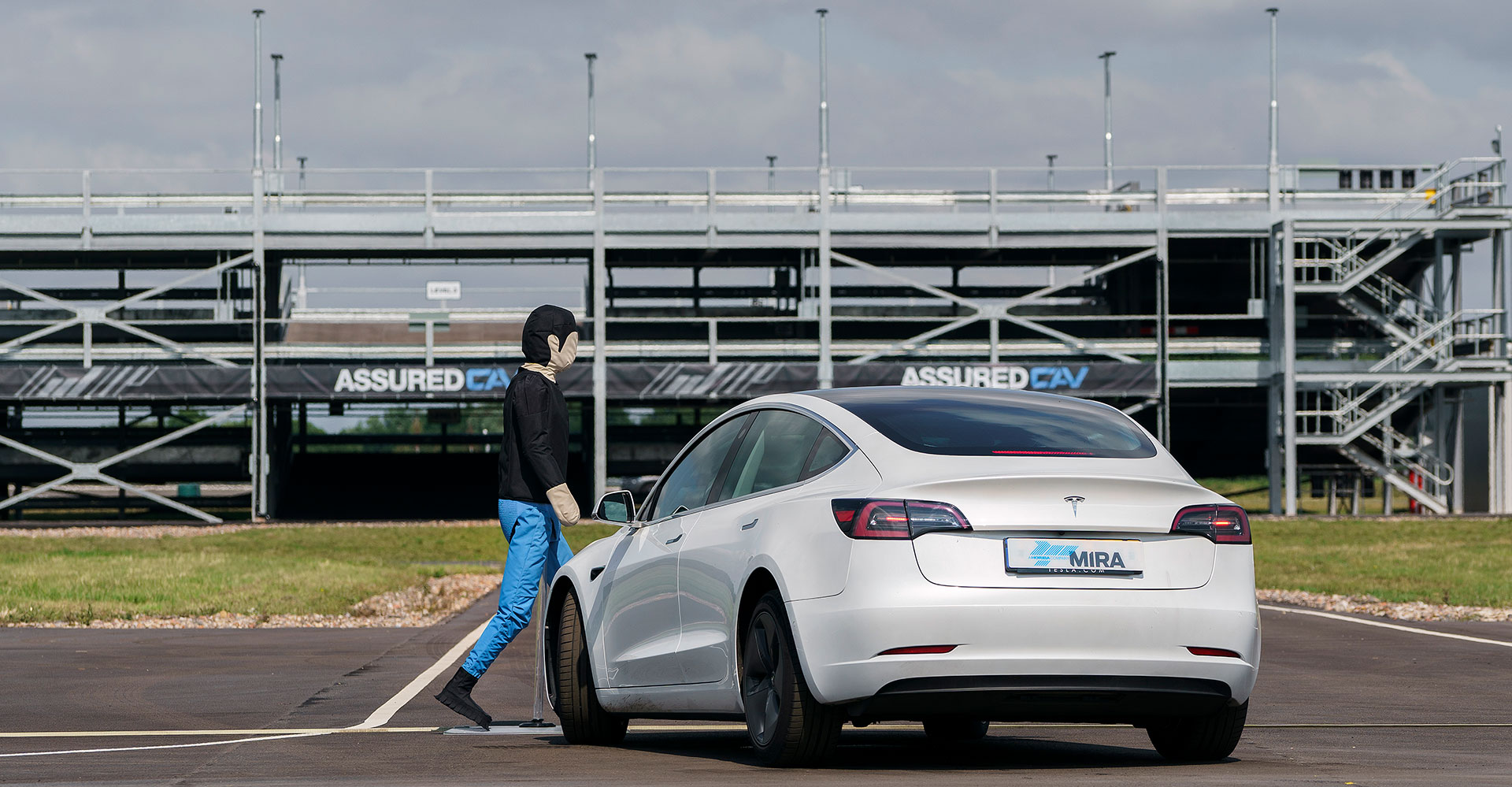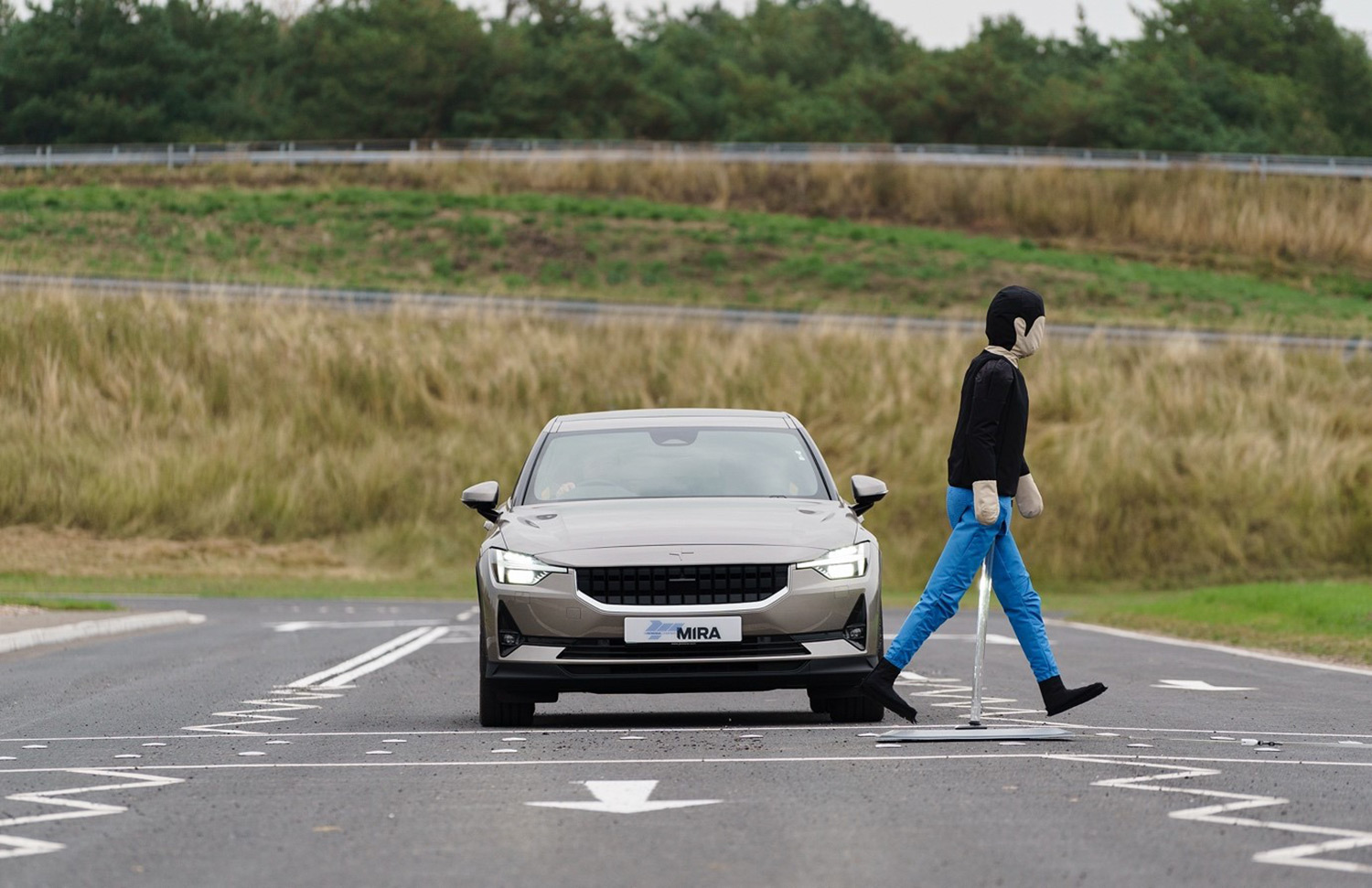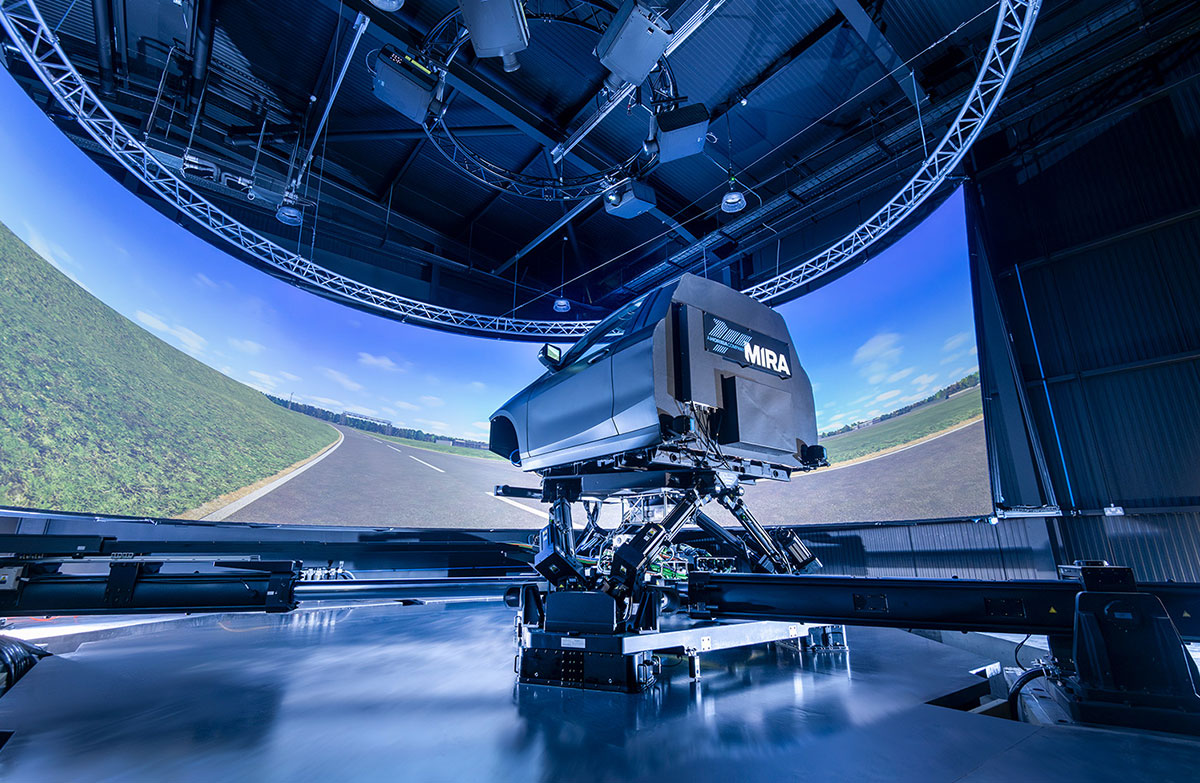What is driving the driverless car agenda in the UK?
The UK may be exiting the European Union, but it remains ideally positioned to lead the development of driverless cars.

“In the world of personal mobility, change is in the air, or more precisely on the road. Not since the internal combustion engine got us off our horses at the end of the 19th century has the future of transport looked so different and the market opportunity so dynamic.”
This bold statement, made by the chief executive of HORIBA MIRA George Gillespie, captures the mood of excitement within the automotive industry at present. As a pioneering global provider of engineering, research and test services to the sector, HORIBA MIRA is in the vanguard of developments and in Dr Gillespie’s analysis, two global megatrends lie behind the way our relationship with the car is evolving and the industry along with it.
The first global megatrend has been ongoing for the last 25 years and revolves around continued efforts to reduce noxious gas emissions and carbon fuel consumption. This entails efficiency and environmental improvements to petrol and diesel engines, accompanied by increasing electrification, moving towards hybrids, battery-powered vehicles and alternative fuels.
Activity in this area has intensified of late, though, in response to the fallout from the so-called “dieselgate” scandal, involving misreporting of engine and emissions data by Volkswagen and other vehicle manufacturers. As a result, there has been a renewed focus from the regulatory authorities on emissions and fuel-economy performance and testing.
For the UK, this represents an important potential growth area, with the Automotive Council UK and government having identified the low-carbon powertrain – engines and transmissions – as a key differentiator going forward.
The second big megatrend is really about the car becoming a feature of our connected lifestyle and part of the internet of things – almost like a smartphone on wheels. In fact, the car is actually arriving pretty late to the party, with the automotive industry one of the last big markets to finally feel the force of the digital revolution. However, change is coming now and coming very quickly.
A lot of work at present is around technologies for vehicles that are increasingly intelligent – fitted with sensors such as cameras and radar – so they are increasingly aware of their surroundings and can take decisions on behalf of the driver on what to do, as well as optimise safety and efficiency. In addition, the cars are connected and it is this internet connectivity that enables them to become part of a 21st-century citizen’s extended digital life.
“What the UK is looking to do is position itself as the leading location in Europe to test and deploy these technologies”
Ultimately, the advances in connected and intelligent technologies lead us in the direction of autonomous vehicles or driverless cars as they are known. For the UK, these represent a major market opportunity and focus for investment.
According to figures from the Society of Motor Manufacturers and Traders, the overall economic and social benefit of connected and autonomous vehicles (CAVs) could be in the region of £51 billion a year by 2030. CAVs carry the potential to create an additional 320,000 jobs in the UK, and save more than 2,500 lives and prevent over 25,000 serious accidents.
In pursuing its market ambitions, the UK boasts a number of unique competitive advantages, says Dr Gillespie. “CAVs are going to happen, that is a reality and UK government recognises that. However, global competition is intense. Many nations around the world, including the US, China, Germany, South Korea and Japan, also see this as a once-in-a-100-years transformational opportunity and want to be part of it,” he says.
“What the UK is looking to do is position itself as the leading location in Europe to test and deploy these technologies. In this country, we have an unrivalled ecosystem of resources to help customers develop their vehicles. In the whole of Europe, not only do we have four of the top five universities, but also its only megacity – London – and worst congestion, plus its only dedicated CAV test facility, right here in the Midlands, at HORIBA MIRA.”






